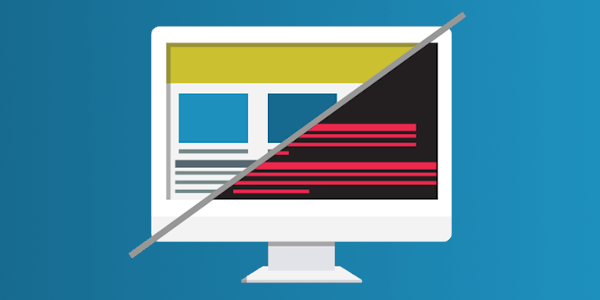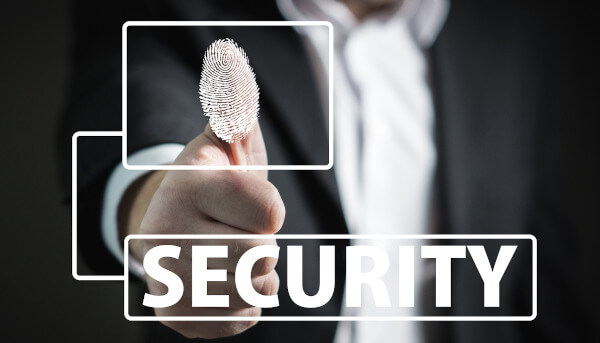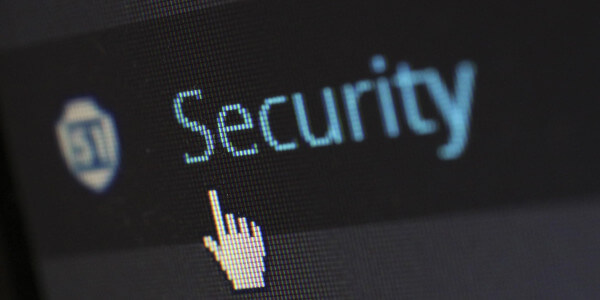
We have identified what website defacement is. We can all agree that it has the potential to have long-lasting effects on your brand image if not prevented. Your website can be left inaccessible, and a security breach can make you lose trust among customers who entrusted you with their data. It can also impact search engine rankings and traffic.
Defacement is a common problem, but few website owners are equipped to deal with it. This age-old adage holds true here: prevention is better than cure. It is in your best interests to be prepared for defacement attacks and data breaches instead of working to fix them. Here are a few tips to enhance security and prevent any such nefarious action toward your webpage:
(We will keep these best practices as accessible and straightforward as possible, we don't expect every website owner to be a developer, too.)
1. Be careful with files uploaded to your website
Hackers use file uploads to access your server. Those files might contain code that will be executed by the server and allow a hacker access to your website and your data. If your website allows file uploads, it isn't that difficult for someone to upload a malicious file and overwrite one of your existing files.
Follow the rules below and control your file-sharing options to avoid this being a possible entry point for hackers:
- Do not allow file uploads.
- Change permission of uploaded files so the server does not try to execute them.
- Store them outside the root directory under a different name so the hacker cannot access them.
- Limit the types of file extensions allowed and their size. Do not allow for large-size file uploads.
- Every file should go through an anti-virus scan.

2. Limit access within your organization
Use the Principle of the Least Privileged (PoLP). It means not giving access or limiting what access you do give to people within your organization. Having multiple people with high-level access compromises your security and allows for an internal attack or being hacked through a compromised account.
The more people have access to the website, the more difficult it is to ensure strong login credentials. Poor access management is also a cloud security mistake.
Limit the type of administrative access every user has to keep a check on unauthorized access. Most of our tech staff is remote these days. While that has some advantages, it is hard to check their importance to your website security. Even for your web admins and remote IT support staff, give them access to only the work they need to do. Be careful with third-party contractors, too. Keep an eye on them and revoke their access privileges when they stop working with you.
3. HTTPS
Using HTTPS is synonymous with web security from a user's point of view. The "s" signals SECURE; I.e., providing your financial information on that particular webpage is safe.
An SSL certificate is what moves a website from HTTP to HTTPS. It secures the transfer of confidential information between the user and the server. An SSL certificate prevents attackers from creating a fake site version and helps gain user trust.
The traffic is encrypted and secures business communication between the user and your website. So no one can position themself between the user and the application to steal data or deface your website.

4. Secure login information
The most basic security hack of all time is to have a strong password. Passwords and usernames need to be unique. A hacker should not be able to guess them. Change the default user names like "Admin" to something that would be hard to guess. A two-factor authorization could be far more secure than a single one. Also, limit the number of login attempts. If you allow password resets through email, do not give out the email address associated with the account to the person requesting a new password.
You could also enforce frequent password changes and ensure that users never write down their passwords. Passwords need to be unique and random because hackers use brute-force software to auto-generate common passwords.
You have two contact numbers in a 2 line phone system: the actual number you use for all your communication and vanity numbers that look good and your customers use to contact you. Similarly, you need two emails: The email associated with your website should not be the one listed on it for contact purposes. This needs to be a private email that scammers do not know about to avoid phishing emails.

5. Backup regularly and automatically
Your website could be your bread and butter. Whether you build an online store or have a brochure website, the world has become increasingly digital, and having a defaced website could be your worst nightmare.
If you fail to prevent a cyber-attack and end up being a victim of website defacement, having a backup can save the day. Back up on-site and off-site, and do it regularly every day. Multiple times a day, in fact.
Time is of the essence here. You need your website up and running in its original state ASAP. So ensure you keep multiple backups and have software that automatically creates backups in multiple places.
6. Regular audits for vulnerabilities
Your website planning and upkeep protocol need to have regular checks for vulnerabilities. You could manually check for every weak area that could be the entry site for potential harm and check for malware, too. You could also use an automatic website scanner or monitoring software for web server penetration testing to find unpatched vulnerabilities. A regular audit and penetration test can help evaluate your website's security to ensure no one can exploit any weak areas.
Try to ensure your audits are not limited to your website code but also connected operating systems and users. Monitoring software is excellent at detecting suspicious activity immediately and can also remove malware.
7. Use CAPTCHA to protect against bots
If you can automate your security, hackers can automate their attacks. Website defacement can result from hackers who send out bots to scan websites and attack those with weaker security. Bots will find your vulnerability and then automatically compromise your website.
The best way to identify bots is to make them interact with CAPTCHA. CAPTCHA is a response test that determines whether the user is a bot or a human and successfully ensures your traffic is legitimately human.

8. SQL Injection
This is one of the most common ways to gain illegal entry to your site. SQL injections are a concern if you have forms that require user inputs. The hacker could enter a code into the space provided and access your database. You should limit the character length for every form field. Do not allow for characters specific to most codes, so the code cannot be executed.
9. Reduce the number of plugins
Sites with six to 10 plugins are twice as likely to be attacked than those with no plugins. Ensure you only add those plugins that add value (like a security plugin that can foil a hack attempt). It would help if you actually used the plugins you have. They become outdated and less secure over time if they are not in use. Having a bevy of plugins increases the entry points a hacker has.
10. Keep all software updated
You need to keep all software updated for your website to remain secure. Every new version of practically every software has better security embedded with better bug fixes and security patches. Older software will eventually have security holes that will make you vulnerable. This means updating the server operating system and every software instance incorporated within your website.
While updates could cost a little money, it won't be more than the cost of recovering your website post a defacement attack. So make updating your software a priority to avoid costs associated with downtime.

The security solutions listed above are imperative for anyone who does not want their reputation severely damaged by website defacement. The internet is of supreme importance to businesses in the 21st century. We're relying increasingly on our websites to sell our products and market our services.
We cannot afford to have our websites compromised. Our websites are our storefronts, and defacement is like graffiti on our store display. We might clean it up, but the reputational damage could be irreversible.
Invest in security applications like backup and monitoring software. The only way to be on top of your website security game is to be proactive and follow all the above-listed best practices. We expect 2022 to focus more on consumer data protection through government policy and regulations. Your customers trust you with their confidential data, and your legal obligation is to keep it as secure as possible. For their sake and yours, create a solid security strategy to keep your website and customer data safe from malicious attacks by hackers.
Sites with six to 10 plugins are twice as likely to be attacked than those with no plugins. Make sure you only add those plugins that add value (like a security plugin that can foil a hack attempt). The plugins you have should actually be used. They become outdated and less secure over time if they are not in use. Having a bevy of plugins increases the entry points a hacker has.


 Copyright 2000-2025, WebSitePulse. All rights reserved.
Copyright 2000-2025, WebSitePulse. All rights reserved.